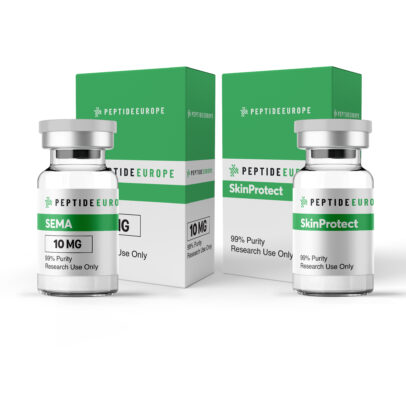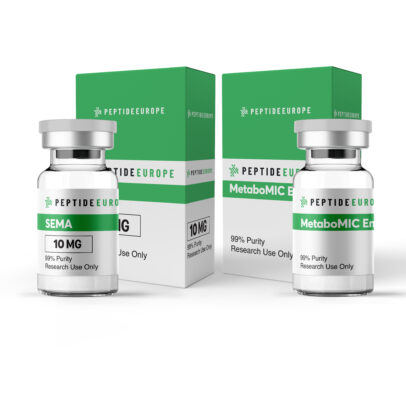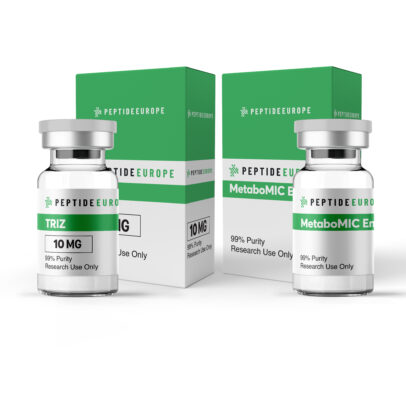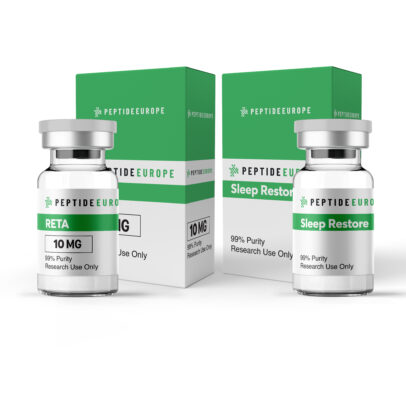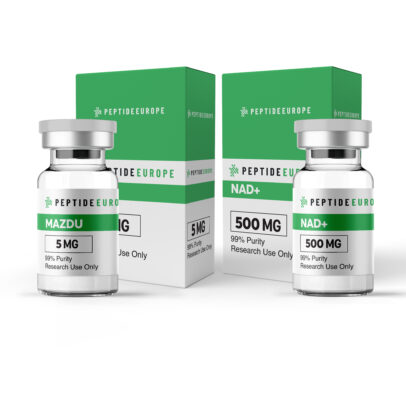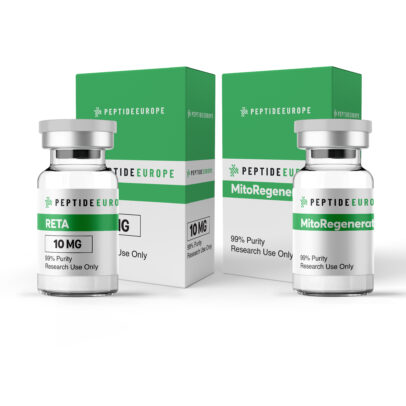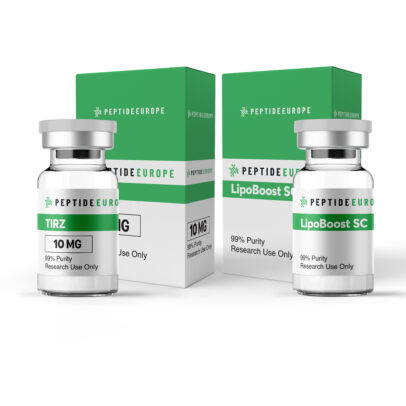The Ultimate Peptide Synthesis Beginners Guide: Common Mistakes and How to Avoid Them

Peptide synthesis can be a powerful tool for research, wellness, and therapeutic applications, but beginners often face challenges that can impact results. This peptide beginners guide is designed to highlight the most common errors and provide practical strategies to ensure safe, efficient, and reproducible outcomes. Understanding these pitfalls early can save time, reduce frustration, and promote better long-term results.
Understanding Common Mistakes in Peptide Synthesis
When starting with peptide synthesis, one of the most frequent issues is not performing a test cleavage before processing the full resin. A small-scale test allows you to detect incomplete reactions, side products, or inappropriate cleavage conditions. Skipping it can lead to wasted materials and inaccurate expectations. Similarly, failing to wash the resin adequately between deprotections and couplings can leave residual solvents like DMF, causing unusual peaks during analysis and compromising peptide purity.
Proper handling of SPPS cartridges and resin is also essential. Many beginners make the mistake of removing the bottom cap before the top cap, spilling resin and cleavage solutions. Accurate documentation of resin loading is another area where mistakes are common, as miscalculations directly affect the stoichiometry of reactions and can lead to lower yields. Selecting the right protecting groups for amino acid building blocks is equally important. Using incompatible side-chain protecting groups can result in incomplete deprotection or unwanted side reactions during cleavage, negatively impacting the final product.
Sema Beauty & Slim (kontrola wagi / zdrowa skóra)
Sema Metabolic Boost (apetyt / metabolizm / energia)
Metabolic Boost Duo (tłumienie apetytu / energia / metabolizm)
Sleep and Slim Pack (kontrola wagi / regeneracja snu)
Troubleshooting Peptide Mistakes
Troubleshooting common peptide mistakes is a key part of ensuring success. Large unexpected peaks in LC/HPLC analysis often indicate residual DMF or hydrophobic byproducts such as trityl alcohol. Additives in cleavage cocktails, like phenol or thioanisole, can also create overlapping peaks. Beginners should be aware of chemical changes like aspartimide formation, CO₂ adducts, or oxidation of sensitive residues such as Methionine.
Tips to prevent common side reactions:
- Use inert atmospheres or amino acid substitutions to reduce oxidation.
- Choose appropriate scavengers for reactive residues.
- Avoid incompatible protecting groups that may cause unwanted covalent modifications.
- Monitor C-terminal cysteine residues carefully to prevent elimination reactions.
Maximizing Yield and Product Quality
Low peptide yields are often the result of inaccurate resin loading, incomplete ether precipitation, or deletion sequences. Beginners should verify resin loading using Fmoc UV-based tests, consider regenerating chlorotrityl resin if applicable, and ensure all cleaved peptide is recovered by additional rinsing of the resin.
Peptides with nucleophilic residues, particularly at the C-terminus, may reattach to the resin if inadequate scavengers are used. Including ethanedithiol (EDT) in the cleavage cocktail can prevent this reattachment.
Preventing Epimerization in Peptide Synthesis
Epimerization is another challenge that beginners must monitor. A practical method involves synthesizing two tripeptides, one with L-Ala and one with D-Ala, coupled to the same sequence.
Analyzing these via HPLC allows identification of diastereomer ratios and confirms whether epimerization occurred during coupling. This step ensures high-quality, stereochemically correct peptides and is an essential part of the peptide beginners guide.
Sema Beauty & Slim (kontrola wagi / zdrowa skóra)
Sema Metabolic Boost (apetyt / metabolizm / energia)
Metabolic Boost Duo (tłumienie apetytu / energia / metabolizm)
Sleep and Slim Pack (kontrola wagi / regeneracja snu)
Best Practices for Beginners
To summarize, the key points to keep in mind when avoiding peptide mistakes include:
- Always perform a test cleavage on a small portion of resin before scaling up.
- Wash resin thoroughly between each deprotection and coupling step.
- Use compatible protecting groups and appropriate scavengers for sensitive residues.
- Document resin loading and monitor stoichiometry carefully.
- Track potential chemical side reactions, including oxidation and epimerization.
- Recover all peptides after cleavage using proper precipitation and rinsing techniques.
- Consult LC/HPLC data frequently to detect unexpected peaks or byproducts early.
Following this guidance helps beginners build a strong foundation in peptide synthesis while minimizing mistakes and enhancing reproducibility.
FAQs
What is the most common mistake beginners make in peptide synthesis?
One of the most frequent errors is skipping the test cleavage step. Beginners often assume full cleavage will work without issue, but this can lead to incomplete reactions, low yields, and unexpected byproducts. Test cleavage helps identify and correct problems early.
How can I avoid low yields in my peptide synthesis?
Low yields usually result from incomplete reactions, poor resin washing, or incorrect stoichiometry. Always verify resin loading, perform thorough washes, recover all peptide from the resin, and monitor reactions using LC/HPLC.
How do I prevent oxidation of sensitive residues like Methionine?
Using an inert N₂ atmosphere during cleavage or substituting Methionine with Norleucine when appropriate can prevent oxidation. Choosing proper scavengers in your cleavage cocktail is also essential for avoiding side reactions.
What should I do if my LC/HPLC shows unexpected peaks?
Unexpected peaks can result from residual solvents, cleavage cocktail additives, or protecting group byproducts. Check washing protocols, adjust your cleavage cocktail, and confirm protecting group compatibility with your resin and amino acids.
How can epimerization be detected in peptide synthesis?
Epimerization can be monitored using a comparative method with tripeptides containing L- and D-amino acids. Analyzing these via HPLC provides the diastereomer ratio, revealing whether epimerization occurred during coupling.
Why is careful documentation of resin loading important?
Accurate resin loading ensures proper stoichiometry, efficient coupling, and predictable yields. Miscalculations can result in incomplete reactions or overuse of expensive amino acid building blocks.
Conclusion
Peptide synthesis is a precise, multi-step process that requires careful planning, execution, and monitoring. For beginners, avoiding common errors is critical to producing high-quality peptides safely and efficiently. By following this peptide beginners guide, paying attention to resin handling, coupling techniques, chemical side reactions, and analytical data, practitioners can minimize mistakes and achieve reliable, reproducible results. Prioritizing these safety and procedural strategies ensures a solid foundation for anyone starting their journey in peptide research or applications.


